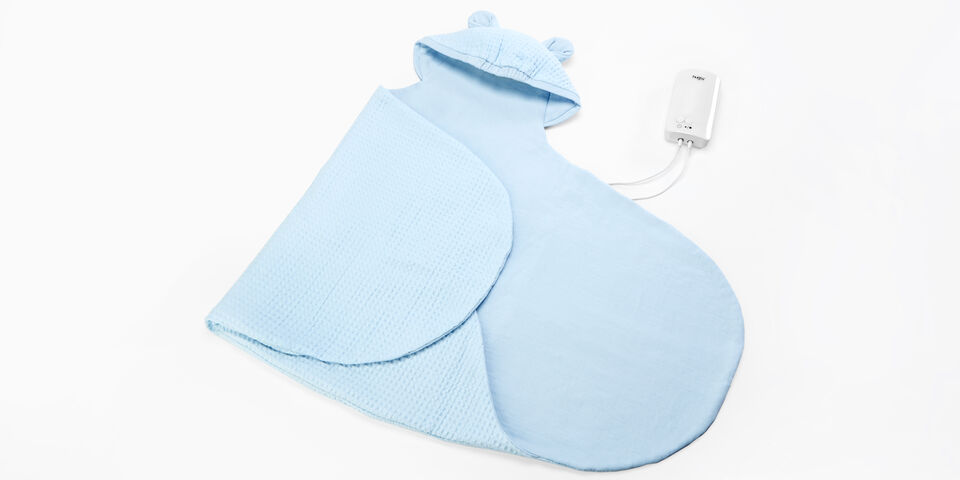Comfort in the incubator
Due to pain and stress, prematurely born babies develop less well. Therefore, together with TU/e engineers, Sidarto Bambang Oetomo, neonatologist at the MMC Veldhoven, thought of ways to make life for premature babies more comfortable. On June 2 Bambang Oetomo is leaving as part-time Professor at Industrial Design.
Up until about a century ago, a large percentage of babies born prematurely died, says Sidarto Bambang Oetomo. This was mainly because the ‘neonates’ themselves could not maintain their body temperatures. The introduction of the incubator solved that problem, as he explains in his room at the Máxima Medisch Centrum in Veldhoven. “However, the price we pay for this is that the baby is separated from its mother, which generates a great deal of stress. Research has shown that this has a negative effect on the development of the child’s brains. In puppies that are taken away from the mother immediately, for example, you also see that the brain development proceeds differently.”
In combination with the pain and stress of the medical treatment, the insertion of infusion lines, the sticking of electrodes, ventilation, and even changing diapers, often cause prematurely born babies at a later age to show a developmental retardation or behavioral problems. “When I became part-time Professor at Industrial Design in 2007 in the framework of a joint venture between the MMC and TU/e, I decided that the reduction of pain and stress, the enhancement of the comfort of incubator babies, had to be the chief aim of this joint venture.”
To this end, the neonatologist in the past decade worked together with students and researchers of especially the ID group Designed Intelligence. In his opinion, one of the things that are essential is to give children in incubators the feeling that their mothers are nearby. “Research has shown that particularly holding a baby on the chest, which we also call kangaroo care, has a positive influence on the development.”
In order to mimic that trusted, familiar feeling in the incubator, experiments were conducted by students led by Bambang Oetomo involving a small pillow, the Mimo, with a built-in heartbeat. That process eventually resulted in the Hugsy: a kind of cross between a mattress and a blanket that vibrates softly in the - recorded - rhythm of the mother’s heartbeat. The sense of proximity is increased further by the scent of the mother that is retained in the Hugsy.
Another, related, research line involves measurement equipment. To measure the child’s heartbeat, breathing and oxygen intake, the baby often carries a whole load of sticky electrodes connected to the monitors via wires. This makes it awkward to lift the baby out of the incubator for a reassuring cuddle. In addition, fitting and replacing the electrodes is a painful as well as a stressful experience. One of the first and most important designs made under Bambang Oetomo’s guidance was the Smart Jacket of then PhD candidate Sibrecht Bouwstra, whereby the electrodes are incorporated into a kind of baby suit.
“At the time the Smart Jacket rightly obtained a great deal of attention”, says the professor. “Subsequently the concept was developed further in a series of steps to an entirely wireless system that is now called the Bambi-Belt.” As no parties stepped in to put this finding on the market, Bambang Oetomo’s son Fabio urged him to do so himself. Now that he is retiring, he will get started within the resulting company, Bambi Medical, which is led by his son.



Discussion